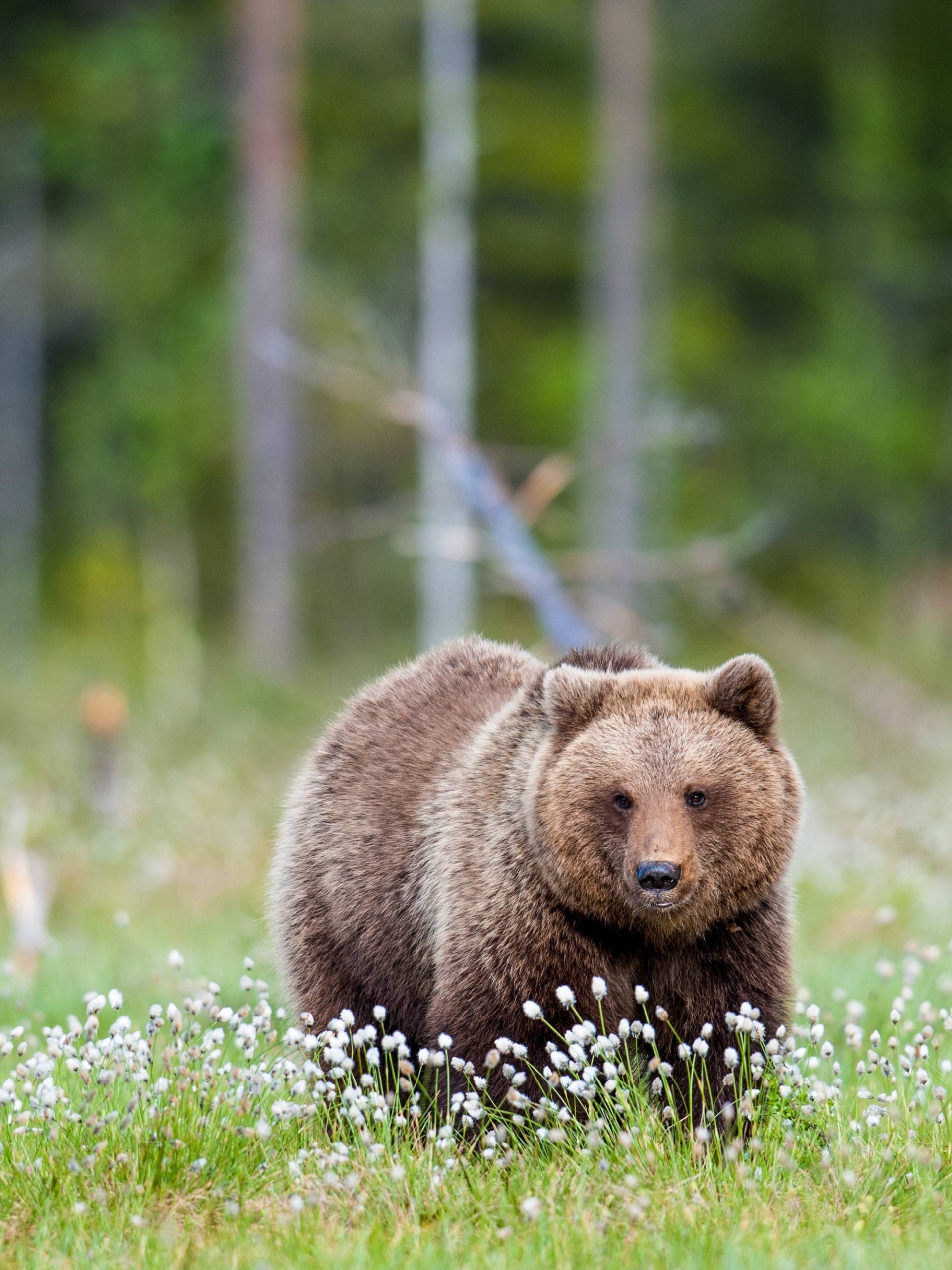Camping and hunting are immersive outdoor experiences, but sharing the wild with bears requires preparation and caution. Knowing how people protect themselves from different bear species is crucial for both safety and conservation. From black bears in dense forests to polar bears in icy tundras, bear encounters vary widely. Understanding these differences helps outdoor enthusiasts adapt and minimize risks.
Recognizing Bear Behavior
Every bear species displays unique behaviors. Grizzly bears, for instance, are highly territorial and may interpret your presence as a threat. Black bears, while often shy, can become aggressive if they associate humans with food. Polar bears tend to view humans as prey due to their position at the top of the food chain. Observing cues such as bluff charges, vocalizations, or non-aggressive movements can indicate how to react appropriately.
Practicing Proper Food Storage
Improper food storage is the leading cause of negative bear-human interactions. Hanging food supplies in bear bags at least 10 feet off the ground or using bear-proof containers keeps bears from associating campsites with meals. Positioning food storage at a safe distance from sleeping areas is vital, especially when camping in known bear habitats.
Carrying Bear Deterrents
Bear spray is an essential tool. When used correctly, it disorients the animal and discourages pursuit. Firearms can also serve as a last-resort option, but regulations on use and transport differ across regions. Equipping yourself with whistles or compressed air horns can provide additional, nonlethal methods to scare off bears, particularly in more populated outdoor areas.
Traveling in Groups
Solo campers face a higher risk during bear encounters. Traveling in groups is not only safer but reduces the likelihood of catching a bear by surprise. Making noise as you hike, especially in areas of limited visibility, can prevent surprise confrontations. This approach is particularly effective in areas commonly inhabited by grizzlies.
Awareness in Polar Bear Territory
Due to their unique protections, it’s worth touching on the realities of polar bear encounters if you plan on traveling to polar bear destinations such as Manitoba. While Manitoba is a perfect destination for animal lovers and allows for glimpses into the lives of polar bears, protection is still necessary.
Ideally, human-bear encounters will not occur for the sake of the bears—but it’s also necessary to understand the real danger these bears present for people entering polar bear territory. The US Fish and Wildlife Service and the Canadian Wildlife Service both recommend maintaining constant vigilance. Using bear-safe fences or supervised viewing experiences ensures safety without disturbing the species.
Conclusion
Anyone venturing into bear country must prioritize preparation and respect for wildlife. The strategies above demonstrate how people protect themselves from different bear species while fostering coexistence. Careful planning, responsible behavior, and the right tools protect not only individuals but also help conserve these majestic creatures for future generations.
Casey Cartwright
Latest posts by Casey Cartwright (see all)
- Modern Gear You Should Have for Your Next Camping Trip – May 9, 2025
- What To Know About Ground-Up Range Construction – May 9, 2025
- 5 Safe Places To Park Your Car for an Overnight Hunting Trip – May 8, 2025

Leave a Reply